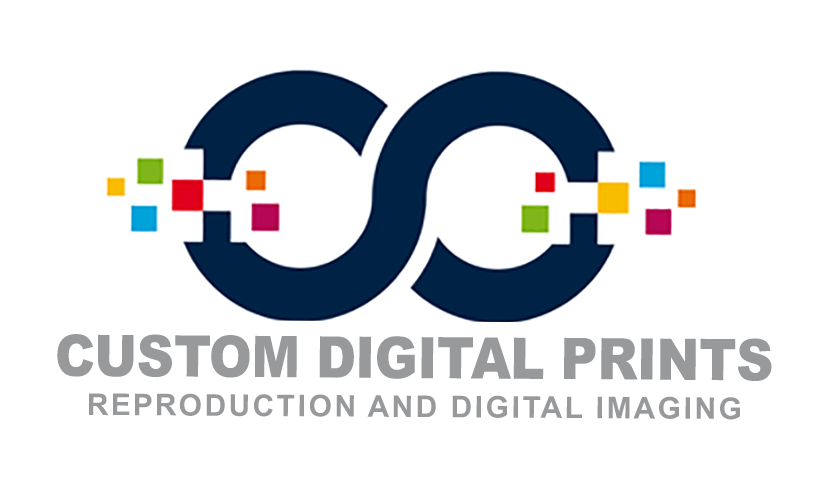File Preparations for Photographers and Artists
We've made it easy to transfer your file for printing. Simply go to SEND FILES. For some tips on optimizing your file preparation we have prepared this chart.
Our customer service team and designers are ready to help you with file preparation
Founded in 1989, we are local and a family business. Over 8,000 prints and over 12,000 local customers. Just call 520 795-7446 for support. We would love to show you samples of our work.
- 1
During file preparation check the resolution of your file at the full size you wish to have it printed. For smaller photos use up to 300dpi. For larger photos they may be submitted at 150dpi. Our download software can accept exceptionally large files.
Dpi (i.e. dots per inch) is a key factor when talking about print resolution and the amount of dots printed in an inch. The more dots you have the more detail you have. This also means that the lower the resolution of your file, the less detail it contains. The software that we have tends to correct many of the problems associated with low resolution.
- 2
It is important that you crop your photography or artwork to the exact size that you want. For example, remove unwanted background.
When you crop images for digital print you may lose some of it due to the aspect ratio. You should always crop the image to the correct aspect ratio before submitting it to us. The aspect ratio of an image is the ratio of its width to its height. It is commonly expressed as two numbers separated by a colon, as in 16:9.
- 3
We prefer that you save your print file as sRGB or Adobe RGB (Photoshop).
As a higher end digital printer for aluminum prints and much more we can accept both sRGB and Adobe RGB files in sRGB but certain high-end locations might be able to print on Adobe RGB. Questions? Please call.
- 4
Your image may be saved as either 8bit or 16bit. Need assistance? Just give our designers a call.
To help you understand, a bit is the number of tones available to each color; an 8-bit image holds 16,000,000 colors compared to a 16-bit image that holds 28,000,000,000 colors.
- 5
Check your monitor for accuaracy. Do the colors on your screen match what you are trying to reproduce?
If your monitor is not correctly calibrated when you prepare your images, it can cause inaccuracies. an important factor when you want to prepare images for printing.
- 6
It may be necessary to sharpen the photograph or art that you have created. If you do not have experience in this area, we'll be glad to help.
How much you need to sharpen an image before printing varies with each image. Typically, images with a lot of details need to be sharpened more than images consisting of mostly sky or soft surfaces such as in landscapes. Choice of the print medium is another factor that affects how much sharpening an image needs. Consider that canvas is the most forgiving material as it sometimes hides imperfections.
- 7
Why not print your graphic on paper (even as a reduced size), for a final look before submitting?
Sometimes called soft proofing, you can then continue continue making adjustments to the saturation, color balance and sharpness until the image resembles the original version.
- 8
And finally, is there a title or description you would like to add to your finished print (or even a special plate)? You may either add it as a separate layer, or send it to us separately and we'll be happy to handle it for you.
Remember, add this as a separate layer and convert it to outlines. This is important in case we have to make modifications to the print you have submitted.
